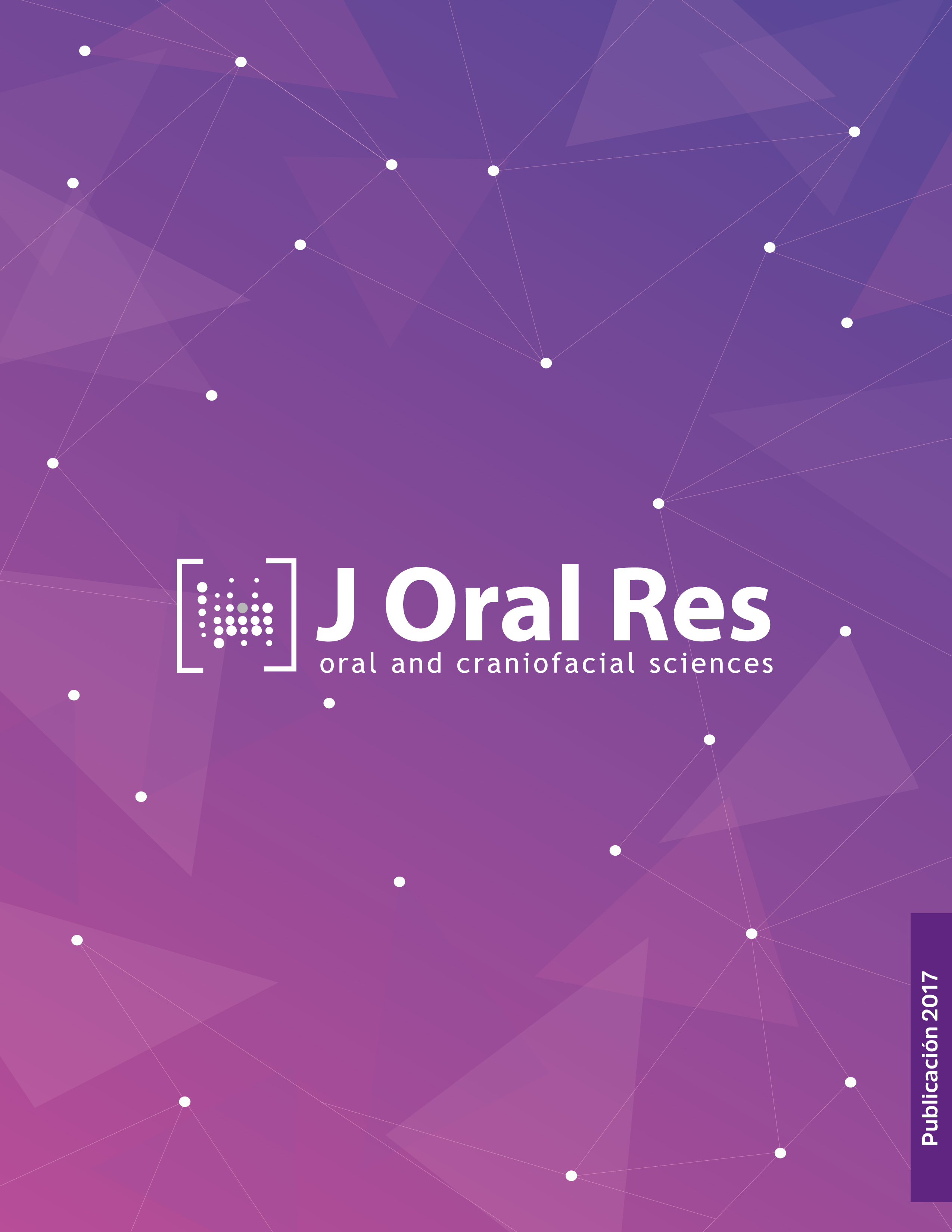Mandibular condyle dimensions in Peruvian patients with Class II and Class III skeletal patterns
DOI:
https://doi.org/10.17126/%25xPalabras clave:
mandibular condyle, condyle dimension, cone beam computed tomography, skeletal patternResumen
To compare condylar dimensions of young adults with Class II and Class III skeletal patterns using cone-beam computed tomography (CBCT). Materials and methods: 124 CBCTs from 18-30 year-old patients, divided into 2 groups according to skeletal patterns (Class II and Class III) were evaluated. Skeletal patterns were classified by measuring the ANB angle of each patient. The anteroposterior diameter (A and P) of the right and left mandibular condyle was assessed from a sagittal view by a line drawn from point A (anterior) to P (posterior). The coronal plane allowed the evaluation of the medio-lateral diameter by drawing a line from point M (medium) to L (lateral); all distances were measured in mm. Results: In Class II the A-P diameter was 9.06±1.33 and 8.86±1.56 for the right and left condyles respectively, in Class III these values were 8.71±1.2 and 8.84±1.42. In Class II the M-L diameter was 17.94±2.68 and 17.67±2.44 for the right and left condyles respectively, in Class III these values were 19.16±2.75 and 19.16±2.54. Conclusion: Class III M-L dimensions showed higher values than Class II, whereas these differences were minimal in A-P.
Descargas
Publicado
Número
Sección
Este es una Revista de acceso abierto distribuido bajo los términos de Creative Commons Attribution License (CC BY 4.0). Se permite el uso, distribución o reproducción en otros foros, siempre que se acredite al autor o autores originales y a los propietarios de los derechos de autor y se cite la publicación original en esta revista, de acuerdo con la práctica académica aceptada. No se permite ningún uso, distribución o reproducción que no cumpla con estos términos. © 2023.










